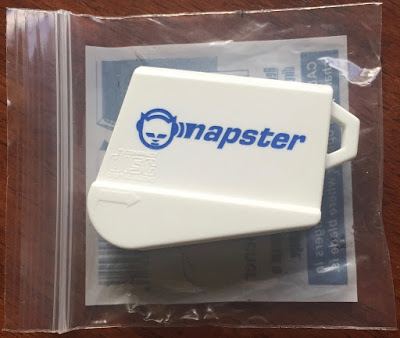Whoa is Rosberg and the Mercedes on race day. This is the same kind of performance we saw time and again last year. One of the fastest cars on the track for one lap and some possibly good qualifying speed, but then slowly losing position throughout the race. Is this a tire issue? That might explain why Hamilton was able to gain position. He is very good in dealing with a squirrelly car with low traction. And if Rosberg’s rear tires were going off prematurely, then that would explain why he was so easy to pass. Not being able to lay down the power out of the corners would make him a sitting duck.
The opening laps were amazing. Heck, the first corner was crazy. Rosberg defended his P1 position so aggressively from Vettel, that he nearly opened the door to Alonso to pass them both from 3rd. But Vettel eventually regained not only his 2nd position from Alonso, but then passed Rosberg to take the race lead and basically hold it for the rest of the race. Because, really, once Vettel took the lead he just walked away from the rest of the crowd. At one point he had a 24 second lead over di Resta and was able to pit and return in the same position.
The Force India of di Resta did a great job and nearly made the podium. But it was still a great result for the Scotsman as he showed a great deal of car control and maturity as he let the Lotus of Grosjean past with five laps to go. The fresh tires of Grosjean were no match for di Resta on his two stop strategy.
About the only people to have a worse day than Rosberg would be Alonso and Massa. Alonso’s broken DRS really inhibited his progress, but even with two extra pit stops, he did make a valiant effort. Massa with his broken front wing led to all sorts of problems with his tires. First, the wear rate was far higher than expected, then multiple punctures on his right rear didn’t help either.

Yeah, that’ll affect handling.
What I’m a bit confused about this season is the passing. Or more specifically the defending. As was beaten into the collective minds of the sport for the last few seasons is one move and you must leave a car width on track if you are the defender. On top of that, if you have two cars side by side with even a marginal overlap, the car in front is supposed to allow space for the other car on track. We saw a lot of cars being pushed off track. The top three culprits being Rosberg, Perez, and Webber.

F1 meets WRC
Last year we would’ve seen notices of a steward’s investigation of an incident. And like 99% of all investigations, they would determine something after the race, which is annoyingly pointless, but that’s another article.
Still, we had a lot of action. And again, action between teammates. This time Perez and Button. Sadly, Button just sounded like a whiny bitch on the radio. But it was a bit ridiculous to get tapped in the rear tire by you own teammate.

Team players.
So, overall, a really entertaining race. It would’ve been interesting to see where the Ferraris ended up had they not had the myriad mechanical issues. But, still a fun race even if we got a repeated podium. Well, except for this:
This is a race EE.
Which gets to my last and only real gripe. To Leigh Diffey, Steve Matchett, and David Hobbs, the constructor’s representative on the podium is an engineer who happens to be a woman– not a girl, a woman. Holy crap, guys, it’s like you’d never seen a woman who worked in motor racing other than holding a grid sign! I realize that you had no idea who this person was until Vettel mentioned her name and function in the interview with David Coulthard, but you could have attempted not to be blubbering blithering idiots for a few minutes up to that point. Maybe you could’ve noticed that only 1 of the 3 governmental representatives actually shook her hand, because, well, women are scary. But, fuck, just because some folks have ridiculous misogynistic institutional fears doesn’t mean you have to stoop to their level of cluelessness.
Gill Jones is responsible for all the electronics in the car and garage. That’s right, all the fricken wiring, telemetry, radios, computers, fiddly buttons on steering wheels, ecu, KERS, etc. She’s been at this game for a good number of years along with a good number of other folks who just happen to be female. You might want to take note, she is part of a large and growing segment of the population. Try not to act like a sexist neanderthal.
Alcohol content: buzzin’ (dark and stormy ++)
…








